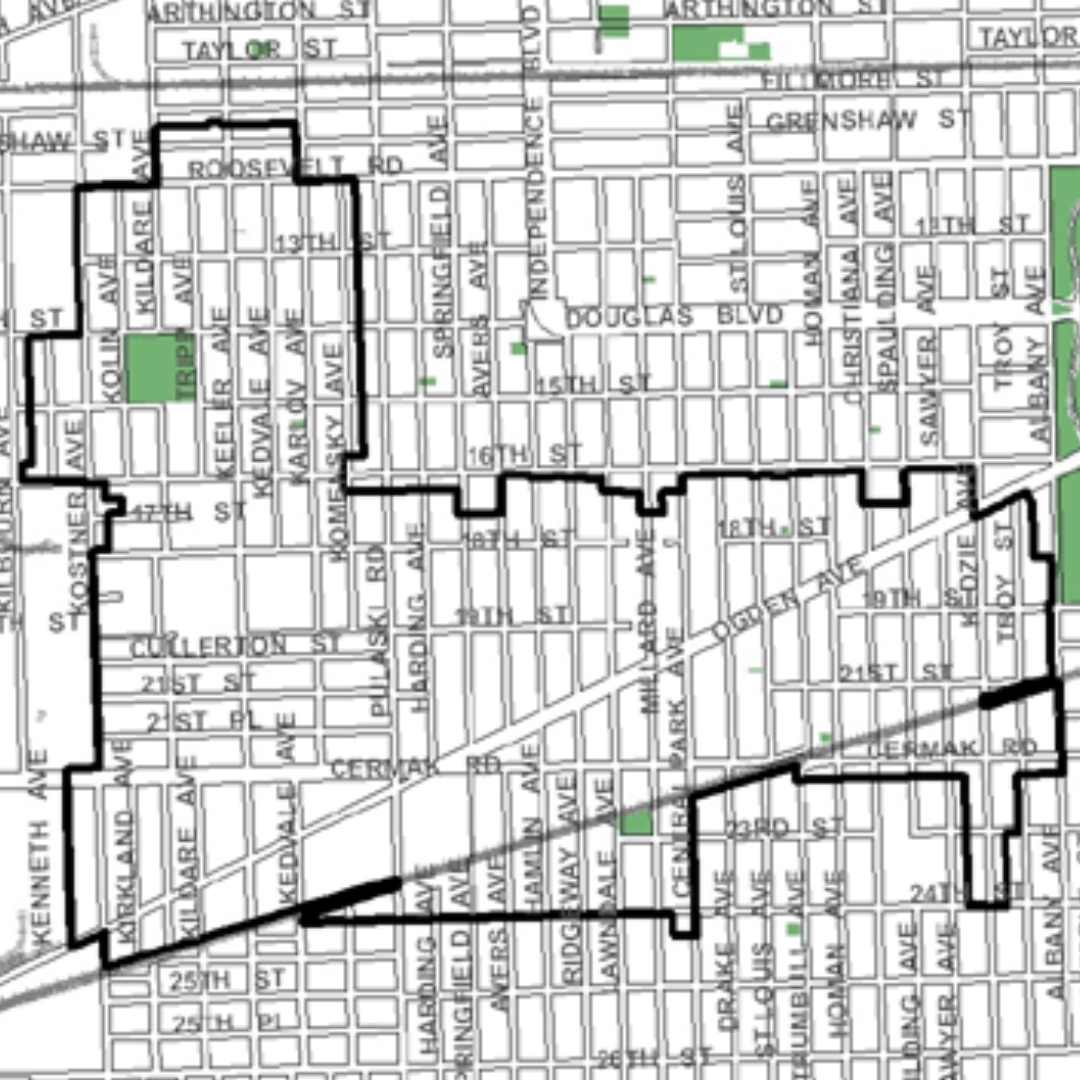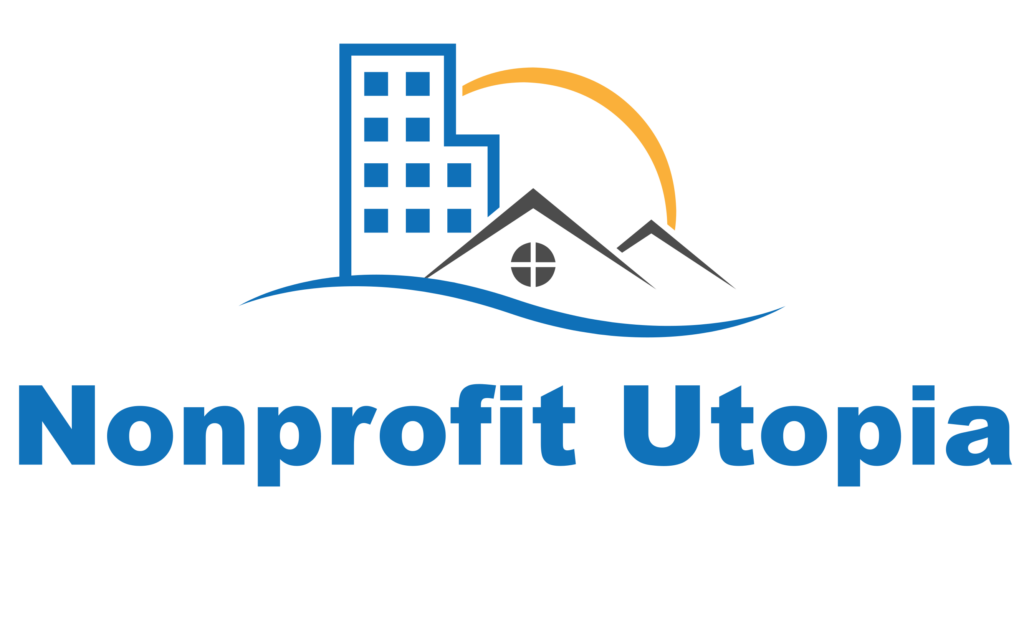Your cart is currently empty!

North Lawndale TIFs
•

Here is a blast from the past–a link to the North Lawndale TIFs website. The late Terrance Harrington and I developed this back in 2011 to track the performance of every TIF that had some land mass in the North Lawndale community. We haven’t made any posts since 2015 or so, but we felt it important to leave it up as an archive to show what is possible, in terms of local residents providing information to neighbors concerning TIFs and how they impact our daily lives. Some of the links are broken, but there is still enough information to see how our work evolved over time.
This website came about as a result of the Lawndale Alliance’s advocacy to ensure that TIFs were implemented responsibly, in a manner that was transparent and worked in the best interests of the low income community residents who typically financed TIFs but received very little, if any, direct economic benefit.
The Lawndale Alliance was most active between 2007 and 2016, and started out as a result of the implementation of the Ogden-Pulaski TIF. We wanted to be sure that local residents, whose property taxes were financing the TIF, could benefit economically. Typically, the City used the promise of jobs to gain community support for the TIFs. However, when TIFs were implemented, most local residents found themselves on the outside looking in, in their own communities. Our own research showed that North Lawndale residents only received about 3% of the benefits from the implementation of North Lawndale TIFs. Most of that came in the form of physical improvements to schools, which had no direct economic benefit to local residents. The economic benefit to local residents typically came in the form of housing repairs, small rehabilitation projects for commercial businesses and, occasionally, through job training programs funded through TIFWorks.
The Ogden-Pulaski TIF, in its first iteration, called for the acquisition of over 1,600 vacant properties to build 300 units of market rate and affordable housing and about 1,200 square feet of retail space, the equivalent of a single Jewel Osco store.
There was money in the budget for childcare and jobs for ex-offenders, but no money for other residents to retool their skills as manufacturing evolved from smokestack to cleaner, more automated forms of production. The original redevelopment plan had a potential of displacing 1,200 residents.
Through our advocacy, the redevelopment plan was amended twice-which was unheard of at the time. Instead of potentially displacing 1,200 people, the revised plan had the potential to displace 52 people, most of whom lived in housing that was verifiably dilapidated. Instead of providing for the acquisition of over 1,600 properties, the amended plan called for the acquisition of about 600 properties. This was much better aligned with the plan to construct 300 homes and 1,200 SF of commercial space.
We began to track the performance of every TIF that impacted North Lawndale, and hosted town hall meetings to share our findings.
Our advocacy was quite powerful and impacted City policies for years to come. We shared lessons learned with communities around the city of Chicago, who in turn, developed their own local strategies. As a result of our collective advocacy, and the introduction of the TIF Sunshine Ordinance (Waguespack and Flores) the City of Chicago significantly increased transparency of their TIF reporting. ( I would even say they dumped so much information that facts could be hidden in plain sight.)
I want to thank Jackie Leavy, John Paul Jones and Ben Joravsky for giving Joe Ann Bradleyand me the tools we needed to make an impact. I thank Alderman Scott Waguespack and former Alderman Manuel Flores for having the courage to demand greater TIF transparency during a time when TIFs were described as Mayor Daley’s “slush fund”. Our work still stands after all these years.
GOD IS GOOD.
Check out the website at https://northlawndaletifs.wordpress.com.
About the Author

Valerie F. Leonard is the founder of Nonprofit Utopia, LLC, the ideal community for leaders who want to start, manage and scale nonprofits. She has more than 20 years’ experience starting, managing and growing nonprofits as a financial analyst for a major hospital medical system, a founding executive director of a neighborhood grant making organization and consultant. Read more here.


